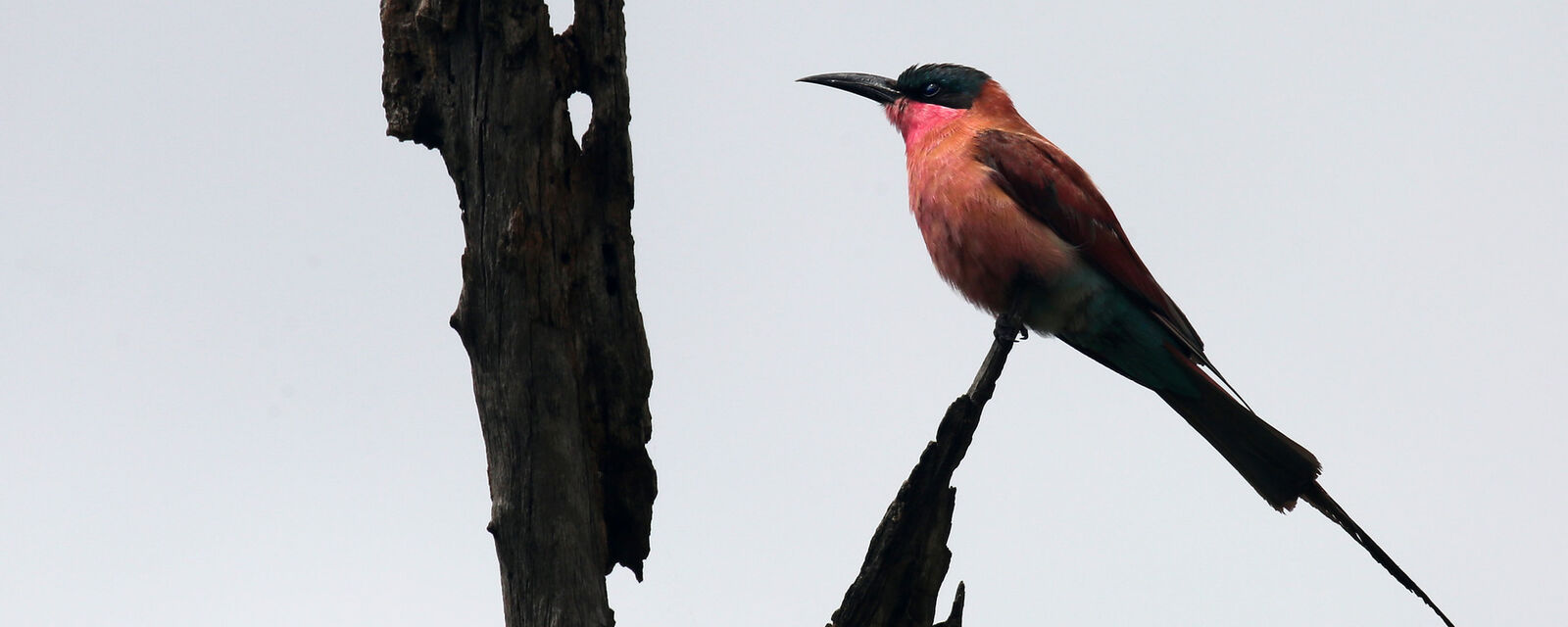It’s a bird’s world, and we’re all living in it
Birds are everywhere – they’re found on every continent, with estimates suggesting there are around 50-billion birds in the world (according to some people, that means there are more than 50-billion US government spies out there).
For centuries, people gazed at the skies in awe as birds took flight, often effortlessly. While not all of the birds featured in this blog can fly, they have all caught our eye in one way or another.
There are close to 2 500 bird species in Africa, which constitutes about 25% of all bird species in the world. Some are big, some small, some striking, some not.
Here are a few photos of birds we've taken on our travels in Africa. Enjoy!
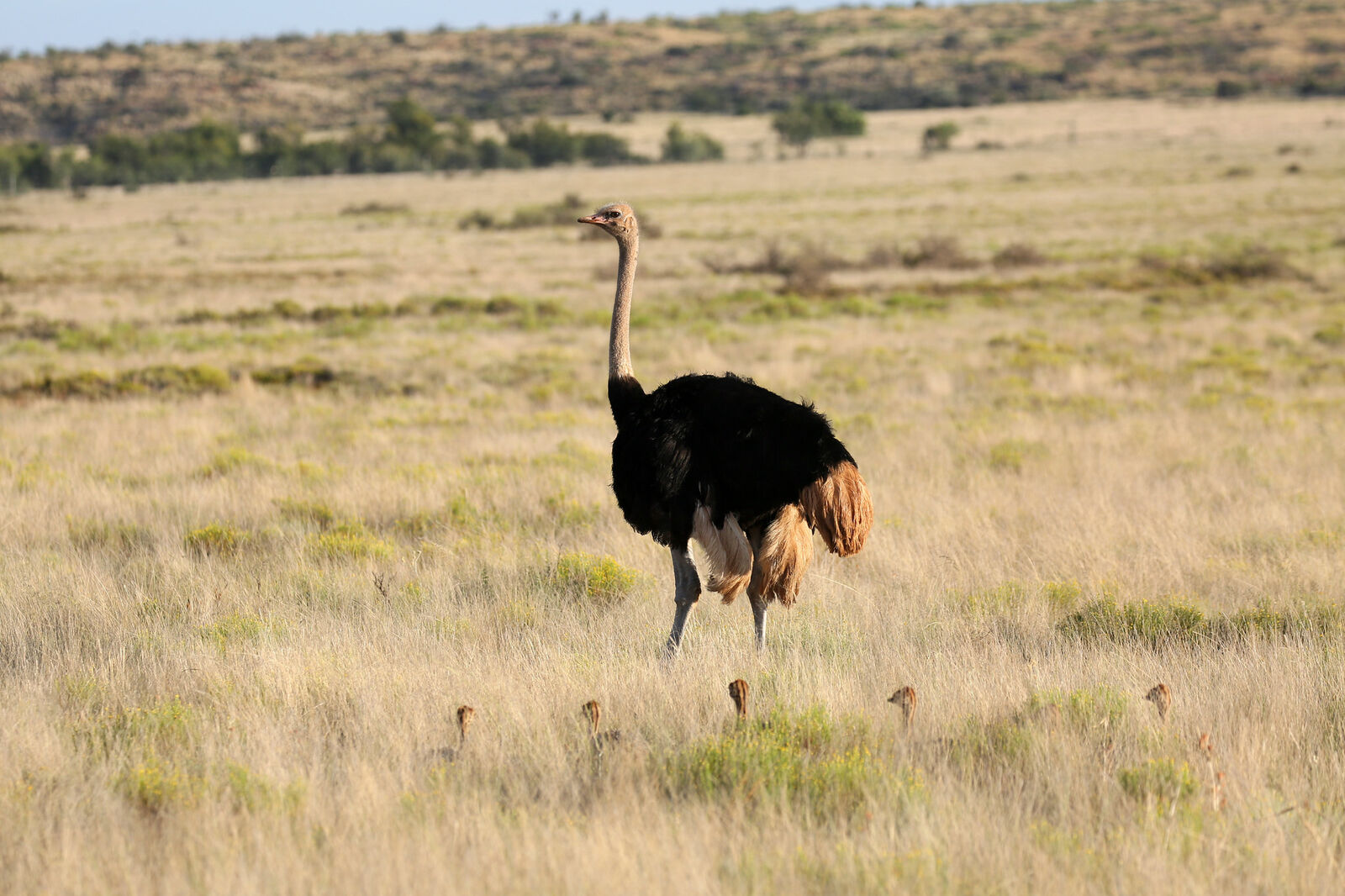
The common ostrich (Struthio camelus) is the world’s biggest bird. These large, flightless birds are known for their dangerous kick, rapid speed and, er, small brain (their large eyes are actually bigger than their brain).
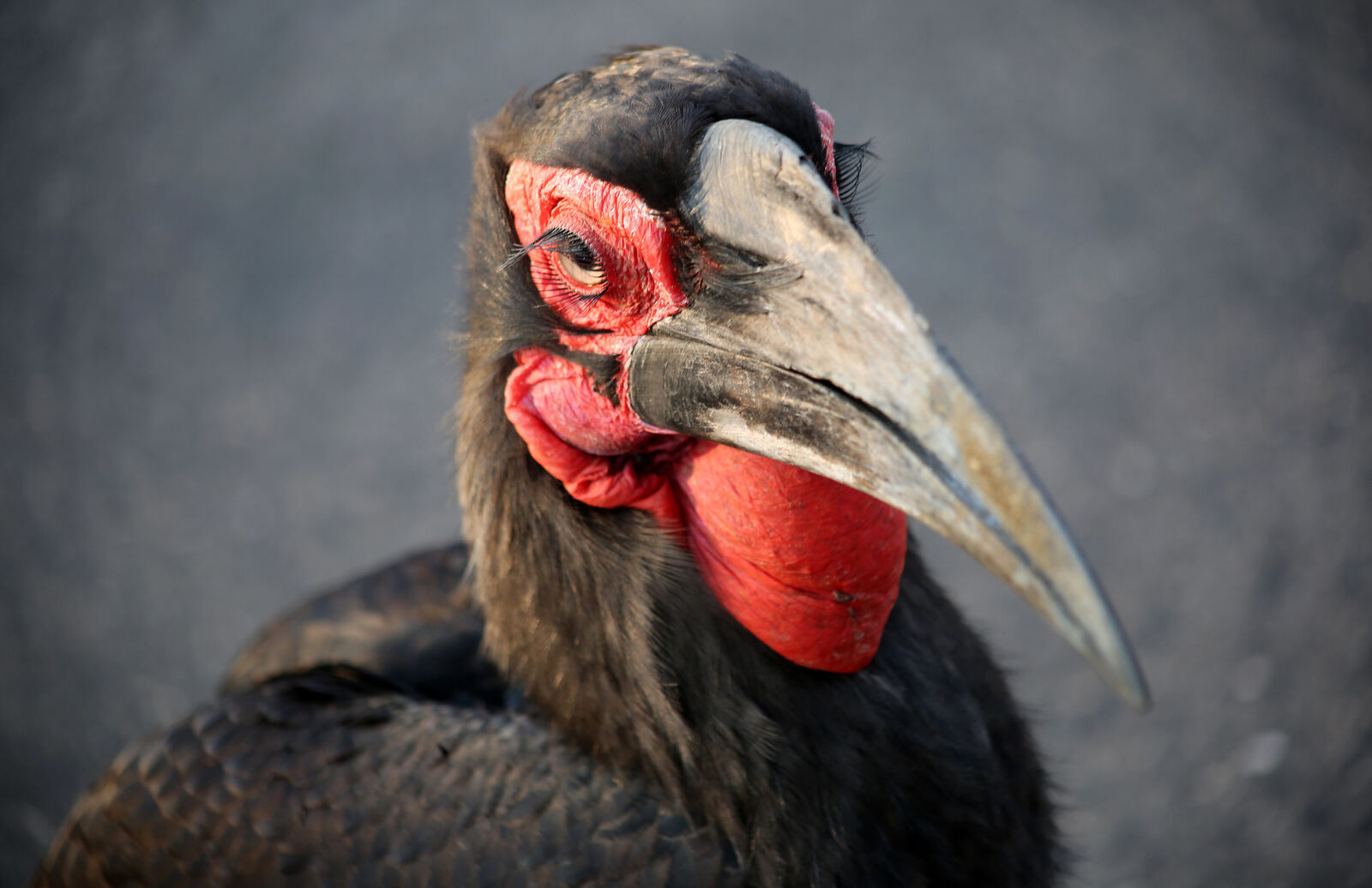
What are you looking at? The southern ground hornbill (Bucorvus leadbeateri) is the largest hornbill species in the world, and is characterised by striking red facial skin, known as a wattle. They are internationally classified as vulnerable by the International Union for Conservation of Nature, but are classified as endangered in South Africa and Namibia.
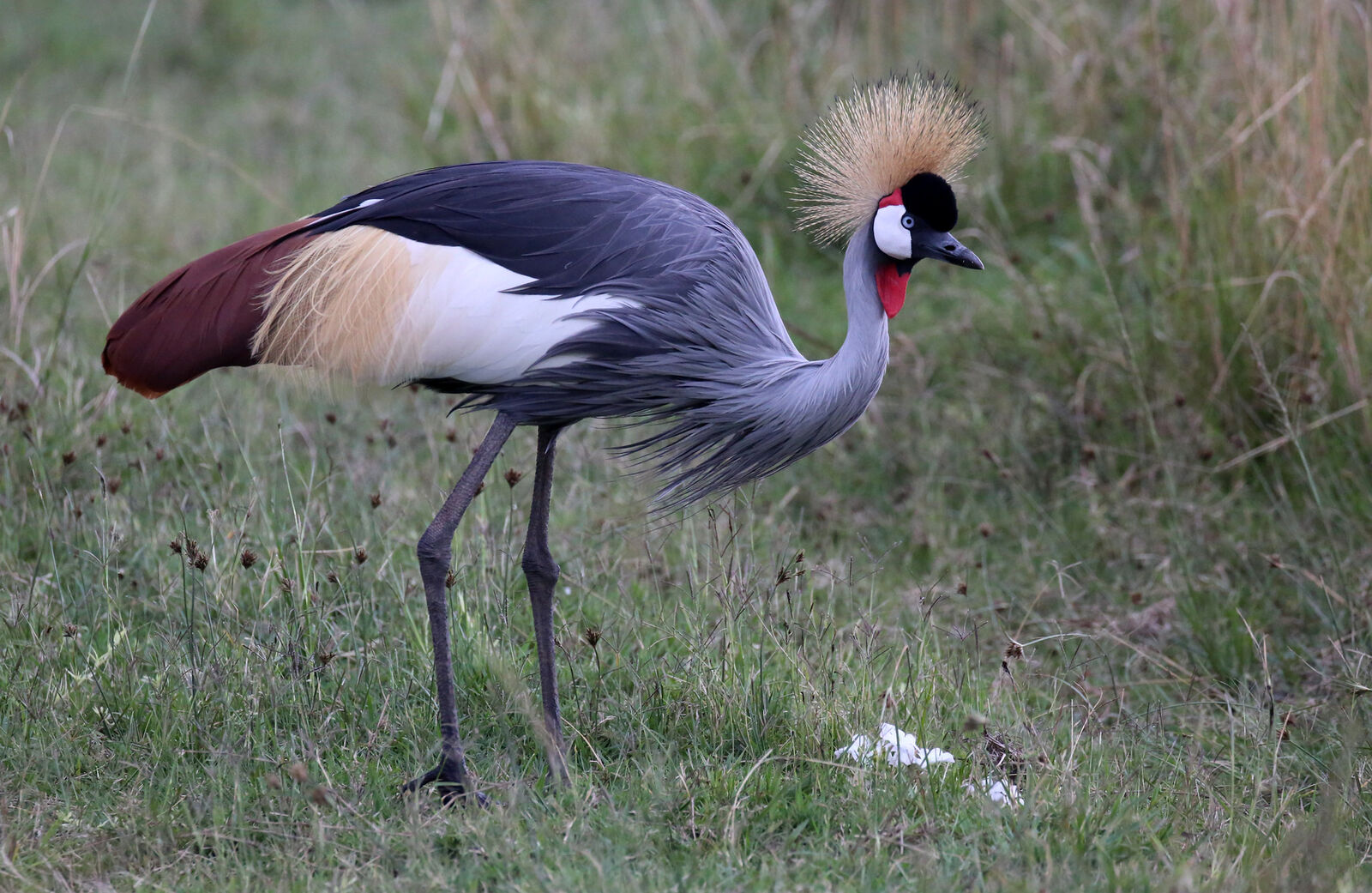
The crowned crane (Balearica regulorum) is elegance personified. The stark contrast of the three colours on its face combined with the impressive “crown” make it a magnificent sight. It is also the national bird of Uganda, and features on the country’s flag.
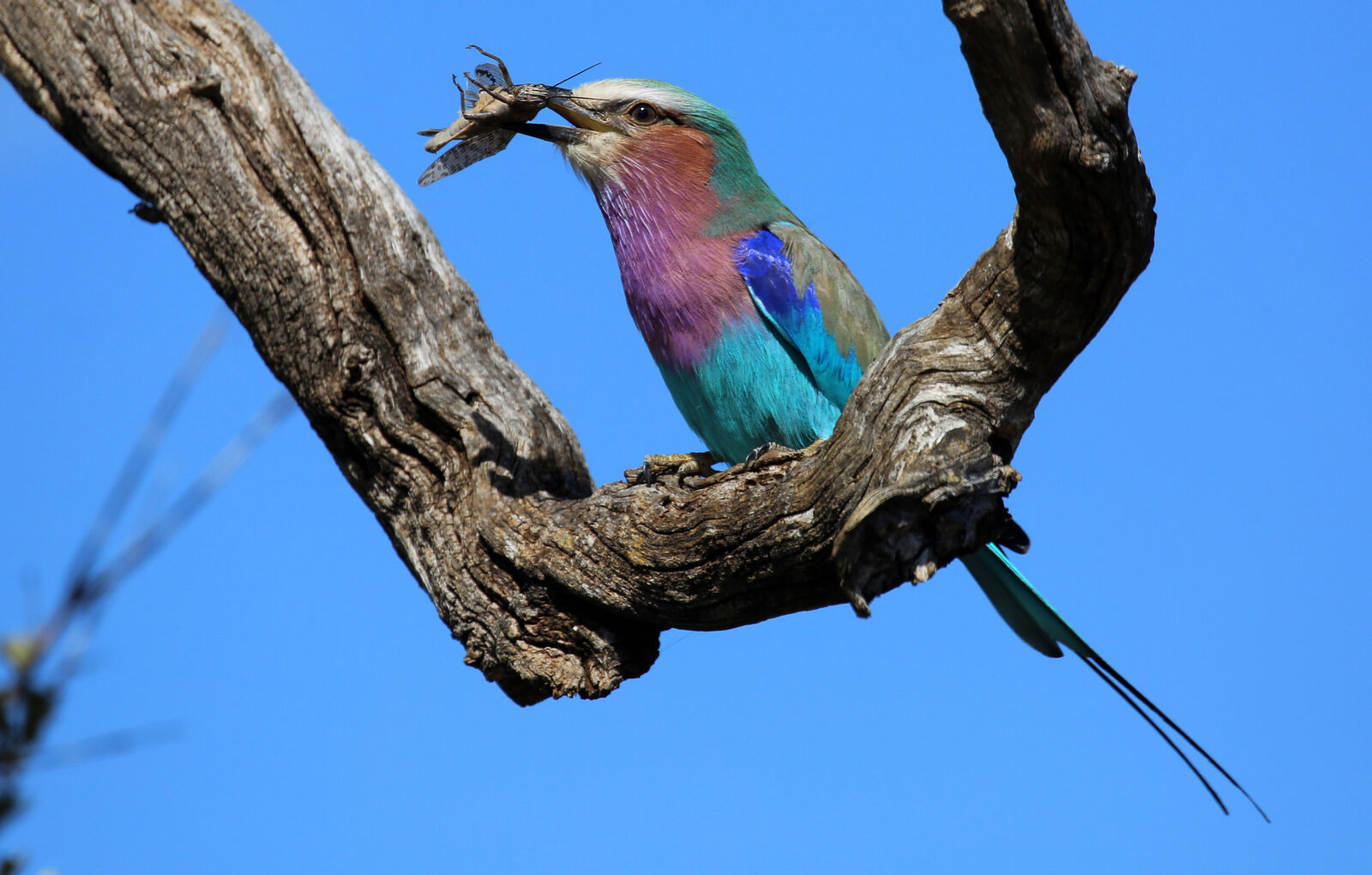
It’s a bird’s world, and we’re all living in it. Well, everyone (and -thing) except for this unfortunate grasshopper that fell victim to this stunning lilac-breasted roller (Coracias caudatus). Fun fact: lilac-breasted rollers always swallow their prey head-first to avoid the legs getting caught on anything on the way down.
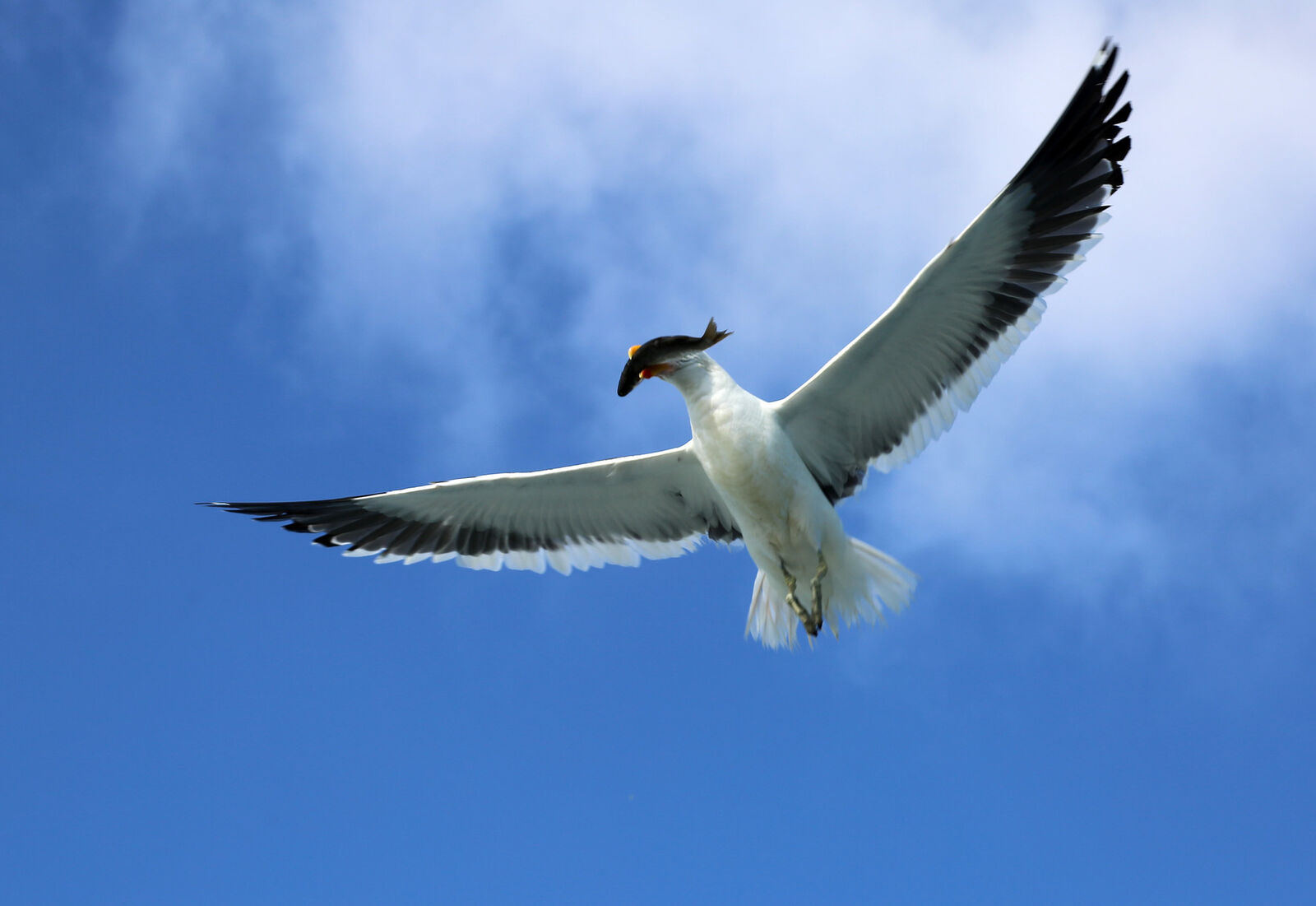
Like the grasshopper in the previous photo, this fish is also no longer. It is being carried off by a hungry kelp gull (Larus dominicanus).
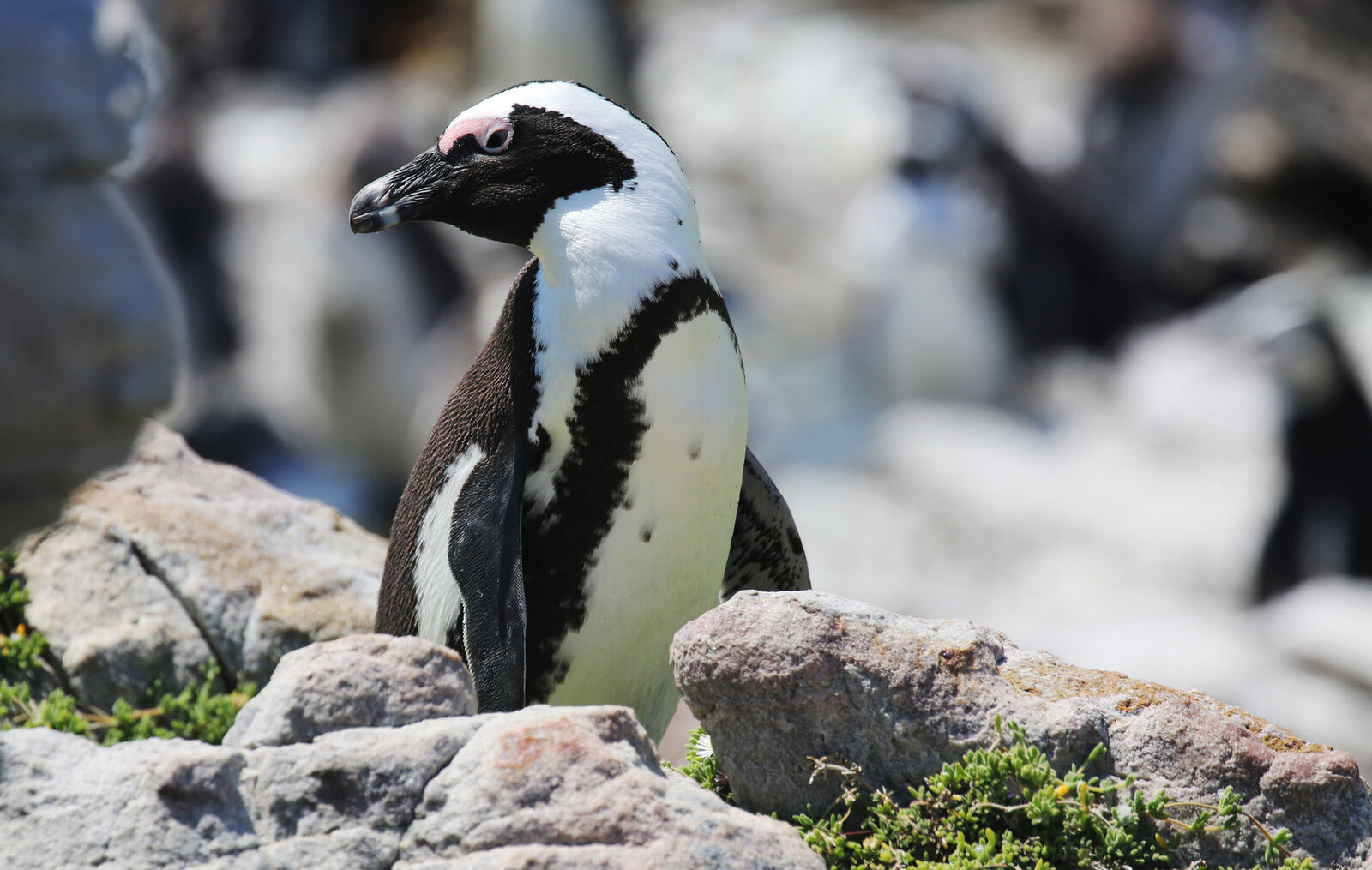
While African penguins (Spheniscus demersus) can’t fly, they make up for this by being able to swim, allowing them to hunt for food in the water. The African penguin is also known as a jackass penguin, as its call sounds similar to that of a donkey. A century or so ago, there were more than a million penguins in South Africa. Now, they may well be on the path to extinction.
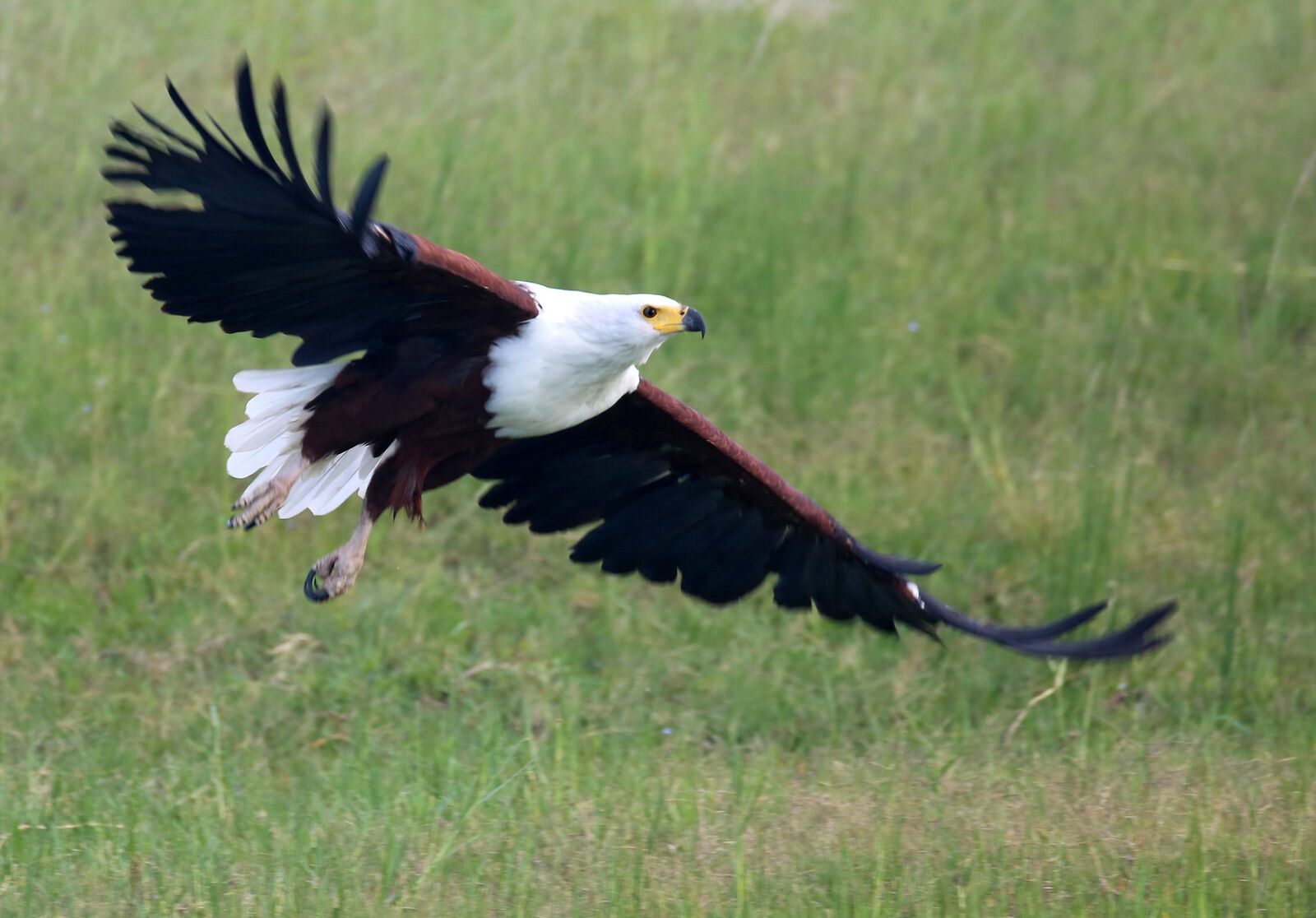
Another fish eater, but this time it’s the mighty African fish eagle (Haliaeetus vocifer). Fish eagles are easily recognisable by their black, brown and white plumage, although it is often their unmistakable call that allows them to be identified before they are even seen.
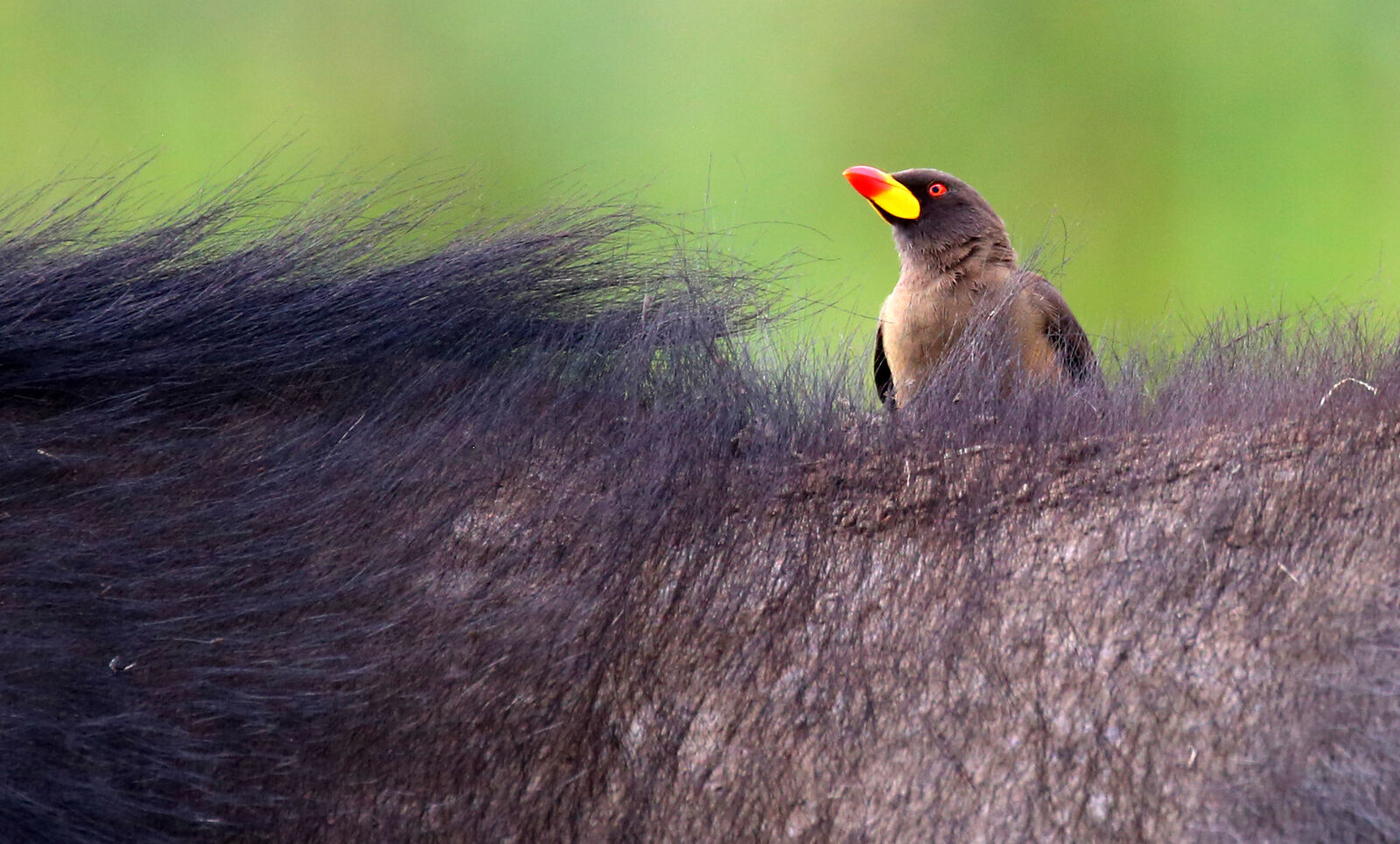
This yellow-billed oxpecker (Buphagus africanus) spends most of its day on some of the continent’s biggest and most dangerous animals. Here, it pecks ticks and other insects off their bodies.
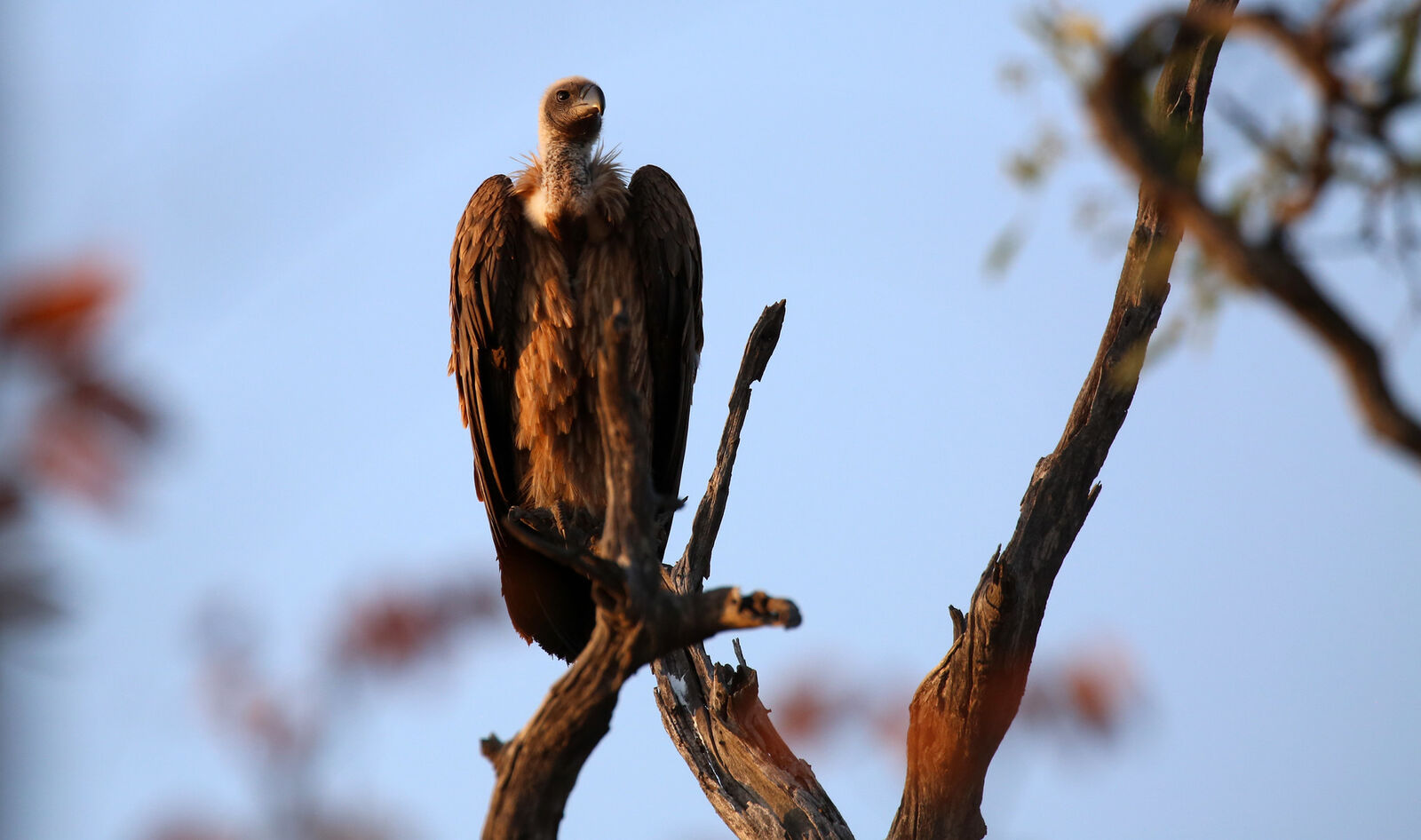
White-backed vultures (Gyps africanus) are expert scavengers, and are quick to spot the remains of a kill so they can feast on the carcass. Unfortunately, they are susceptible to being killed by eating carcasses of animals that have been poisoned, or being electrocuted by power lines.
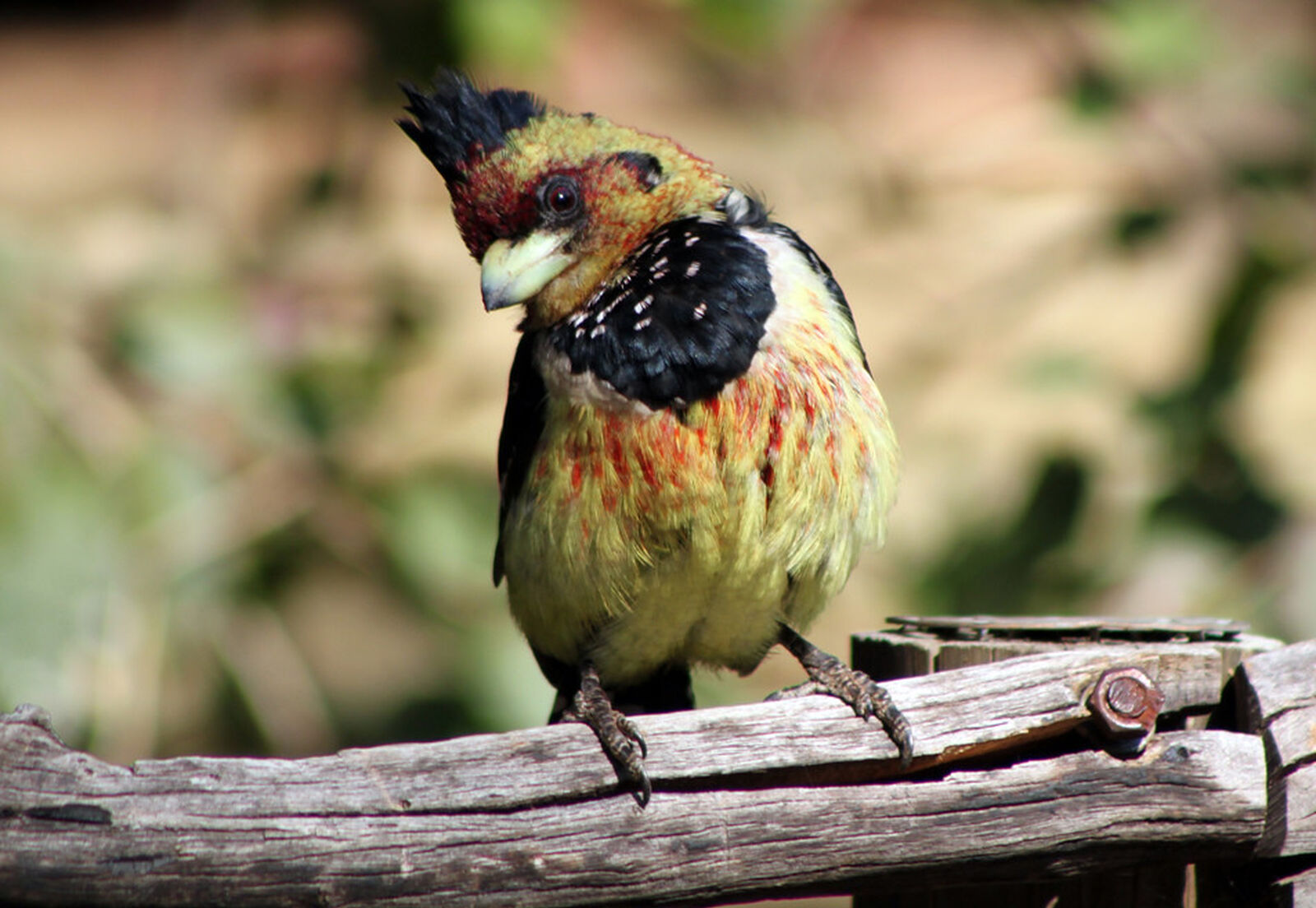
A crested barbet’s (Trachyphonus vaillantii) domain is less the sky, and more the ground – they like to roam around the floor, scrabbling for food, but tend to roost in holes in trees. Their call is unmistakable – hundreds of rs rolled together: “rrrrrrrrrrrrrrrrrrrrrr!”
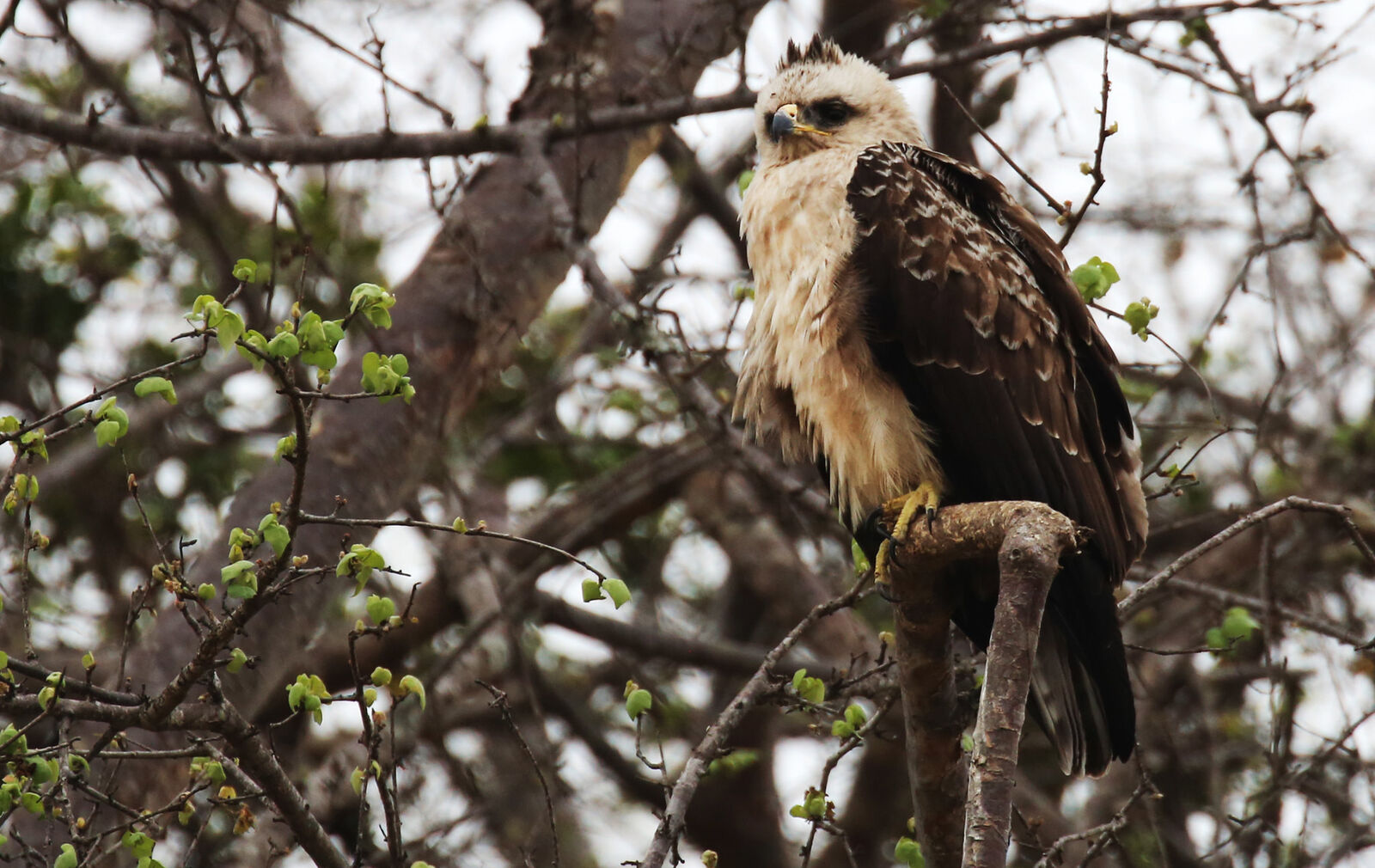
The Wahlberg’s eagle (hieraaetus wahlbergi), named after Johan August (a Swedish naturalist), is native to most of sub-Saharan Africa. It feeds mainly on birds, although it has been known to eat small mammals and various invertebrates.
This particular bird is a pale morph, which is quite an unusual sighting!
At Flow Travel, we are into our birds and love keeping a keen eye out for them wherever we go. We specialise in creating bespoke travel experiences across the world. If you’re keen on seeing birds like these in person, or have a particular destination in mind, contact us at info@flow.travel to organise the experience of a lifetime for you.
